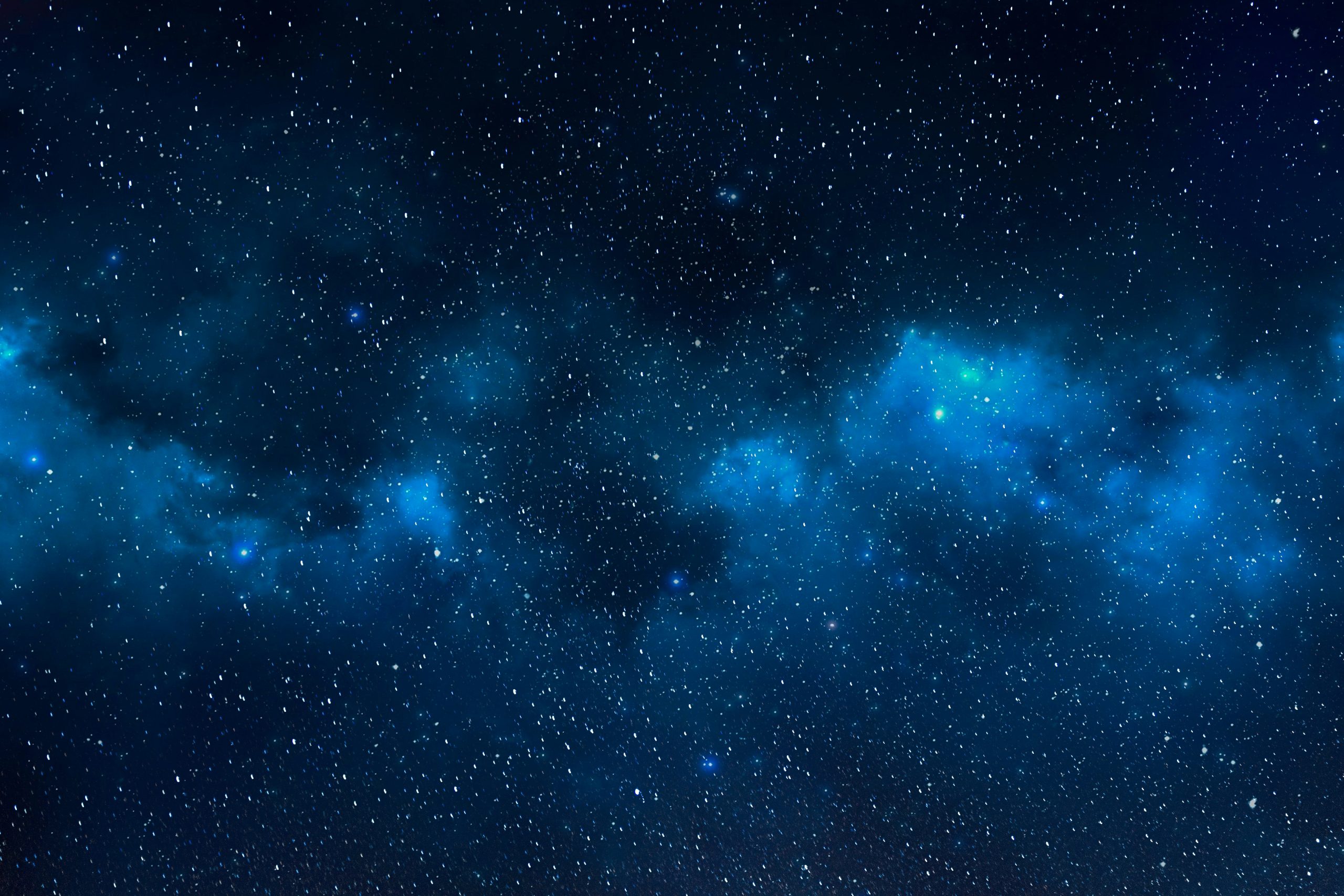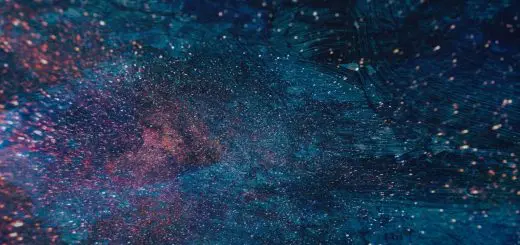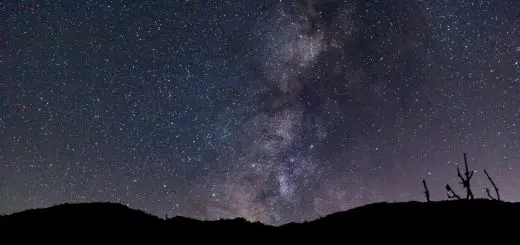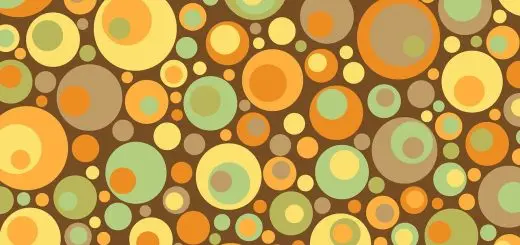Fomorians: Ancient Foes in Celtic Lore

Looking for more amazing products? Check out our online store and explore our collection here! Happy shopping!
Before diving in, please note: This post is for informational purposes only. If you’d like to know more about how we approach topics, feel free to check out our friendly Disclaimer Page.
Hey there, amazing readers! 
We’re committed to delivering quality posts, and your support (even just sticking around despite the ads) means everything to us. So, bear with us, and thanks for helping us keep the good vibes rolling. Now, on to the fun stuff!
TRANSLATE BUTTON AT THE END OF THE ARTICLE
Overview
In Celtic mythology, the Fomorians are ancient foes who feature prominently in the folklore and legends of Ireland.
These enigmatic beings are often depicted as monstrous and malevolent, embodying chaos and darkness.
This article delves into the origins, appearance, role, and impact of the Fomorians in Celtic lore.
It explores their mythical encounters with the Tuatha Dé Danann, their symbolic significance in Celtic culture, and their continuing influence in modern art and literature.
Additionally, archaeological evidence of the Fomorians in ancient Ireland is examined, along with comparisons to other mythological creatures.
Through a comprehensive exploration, this article seeks to shed light on the intriguing and enduring legacy of the Fomorians.
Origins of the Fomorians in Celtic Mythology
The origins of the Fomorians remain shrouded in mystery.
They are believed to be one of the ancient races that inhabited Ireland before the arrival of humans.
According to Celtic mythology, the Fomorians were descendants of Noah’s son Ham, who was cursed to wander the earth after mocking his father’s nakedness.
This curse supposedly transformed them into monstrous beings.
Another theory suggests that the Fomorians were divine beings who, over time, came to be associated with chaos and darkness.
Regardless of their origins, the Fomorians hold a significant place in Celtic mythology and are often depicted as formidable adversaries.
Appearance and Characteristics of the Fomorians
The Fomorians are commonly portrayed as grotesque and monstrous creatures.
They are described as having a variety of physical deformities, such as one eye, one leg, or one arm.
Some accounts even depict them as having the heads of animals or monstrous sea creatures.
These physical abnormalities reflect their association with chaos and the primordial forces of nature.
In addition to their disfigured appearance, the Fomorians are known for their immense strength and supernatural powers.
They are often depicted as skilled warriors and sorcerers, capable of wielding dark magic and unleashing devastating attacks.
Role of the Fomorians in Celtic Folklore and Legends
The Fomorians play a significant role in Celtic folklore and legends.
They are often portrayed as antagonists, constantly at odds with the Tuatha Dé Danann, a mythical race of gods and goddesses.
The Fomorians symbolize chaos, while the Tuatha Dé Danann represent order and civilization.
Their clashes reflect the eternal struggle between these opposing forces.
The Fomorians are depicted as invaders and oppressors, seeking to subjugate the land and its inhabitants.
Their actions often bring devastation and suffering, serving as a cautionary tale of the consequences of unchecked chaos and darkness.
Mythical Encounters: Fomorians vs. the Tuatha Dé Danann
The mythical encounters between the Fomorians and the Tuatha Dé Danann form a central theme in Celtic mythology.
These conflicts are often depicted as epic battles, with the two races clashing for control of Ireland.
The most famous encounter occurs during the Second Battle of Mag Tuired, where the Fomorians and the Tuatha Dé Danann engage in a fierce confrontation.
Despite their initial victories, the Fomorians ultimately face defeat at the hands of the Tuatha Dé Danann, marking a triumph of order over chaos.
These encounters serve as allegories for the perpetual struggle between good and evil, light and darkness.
Fomorians as Symbolic Figures in Celtic Culture
The Fomorians hold deep symbolic significance in Celtic culture.
They represent the primordial forces of chaos and darkness, embodying the wild and untamed aspects of the natural world.
By contrasting them with the Tuatha Dé Danann, who symbolize order and civilization, the Fomorians serve as a reminder of the delicate balance between these opposing forces.
They highlight the importance of maintaining harmony and order in society, as well as the consequences of succumbing to chaos and darkness.
The Fomorians also serve as cautionary figures, warning against the dangers of unchecked power and tyranny.
Legends and Stories featuring the Fomorians
Throughout Celtic mythology, numerous legends and stories feature the Fomorians.
One such tale tells of Balor, the king of the Fomorians, who possesses a destructive eye capable of incinerating anything it gazes upon.
Another legend recounts the story of Lugh, a hero of the Tuatha Dé Danann, who slays Balor and leads the Tuatha Dé Danann to victory against the Fomorians.
These stories often emphasize the bravery and resilience of the heroes, as well as the inherent evil and malevolence of the Fomorians.
They serve to entertain, educate, and reinforce the moral values of Celtic society.
Impact of the Fomorians on Celtic History and Society
The impact of the Fomorians on Celtic history and society is difficult to ascertain due to the mythical nature of their existence.
However, their presence in Celtic folklore and legends undoubtedly shaped the cultural and religious beliefs of the Celts.
The eternal struggle between the Fomorians and the Tuatha Dé Danann reflects the dichotomy between chaos and order, which likely influenced Celtic notions of the universe and the human experience.
The Fomorians may have also served as a scapegoat for societal problems, providing an explanation for natural disasters, famine, and other hardships.
Influence of the Fomorians in Modern Celtic Art and Literature
The influence of the Fomorians can be seen in various forms of modern Celtic art and literature.
They continue to captivate the imagination of artists and writers, who draw inspiration from their monstrous and mysterious nature.
Paintings, sculptures, and illustrations often depict the Fomorians as fearsome and grotesque beings, evoking a sense of ancient mysticism.
In literature, authors incorporate elements of Celtic mythology and the Fomorians into their works, weaving tales of epic battles and heroic quests.
The enduring presence of the Fomorians in modern Celtic art and literature attests to their lasting impact on the cultural identity of the Celtic people.
Archaeological Evidence of the Fomorians in Ancient Ireland
While no direct archaeological evidence of the Fomorians has been discovered, some scholars believe that certain ancient artifacts and structures may provide insight into their existence.
Stone carvings and inscriptions found at ancient sites in Ireland depict monstrous figures that bear similarities to the descriptions of the Fomorians in mythology.
These carvings and inscriptions may represent the artistic interpretations of the Fomorians or signify their symbolic presence in ancient Celtic society.
However, due to the limited nature of such evidence, further research and analysis are needed to definitively link these artifacts to the Fomorians.
Comparisons: Fomorians and Other Mythological Creatures
In comparing the Fomorians to other mythological creatures, it becomes evident that they possess unique characteristics and symbolism.
While creatures like the Greek Titans and Norse Jotnar share similarities, the Fomorians are distinct in their association with chaos and darkness.
Unlike other mythological beings, the Fomorians are often portrayed as monstrous and malevolent, representing the untamed forces of nature.
This sets them apart from the more nuanced and complex depictions of other mythological creatures.
The Fomorians’ specific attributes and their role in Celtic mythology contribute to their enduring legacy and continued fascination.
Fomorians: Legacy and Continuing Influence in Celtic Lore
The Fomorians leave a lasting legacy in Celtic lore, as their tales continue to be told and celebrated.
Their symbolism as embodiments of chaos and darkness resonates with the human experience, serving as cautionary figures and reminders of the delicate balance between order and chaos.
The enduring influence of the Fomorians can be seen in various aspects of Celtic culture, from art and literature to religious and philosophical beliefs.
By studying and exploring the mythology surrounding the Fomorians, we gain a deeper understanding of Celtic history, identity, and the timeless themes that connect humanity across cultures and generations.
Conclusion
The Fomorians hold a prominent place in Celtic mythology and folklore, representing the ancient foes of the Tuatha Dé Danann.
Their origins, appearance, and role in Celtic culture are shrouded in mystery and symbolism.
Through their mythical encounters, they embody the eternal struggle between order and chaos, serving as cautionary figures and reminders of the consequences of unchecked darkness.
The impact of the Fomorians on Celtic history and society is difficult to ascertain, but their enduring presence in modern art and literature attests to their lasting influence.
While archaeological evidence may be scarce, the Fomorians continue to captivate the imagination and inspire exploration of Celtic lore, leaving a lasting legacy in the hearts and minds of those drawn to their enigmatic nature.

The Enlightenment Journey is a remarkable collection of writings authored by a distinguished group of experts in the fields of spirituality, new age, and esoteric knowledge.
This anthology features a diverse assembly of well-experienced authors who bring their profound insights and credible perspectives to the forefront.
Each contributor possesses a wealth of knowledge and wisdom, making them authorities in their respective domains.
Together, they offer readers a transformative journey into the realms of spiritual growth, self-discovery, and esoteric enlightenment.
The Enlightenment Journey is a testament to the collective expertise of these luminaries, providing readers with a rich tapestry of ideas and information to illuminate their spiritual path.
Our Diverse Expertise
While our primary focus is on spirituality and esotericism, we are equally passionate about exploring a wide range of other topics and niches 

To ensure we provide the most accurate and valuable insights, we collaborate with trusted experts in their respective domains 
Our blog originally focused on spirituality and metaphysics, but we’ve since expanded to cover a wide range of niches. Don’t worry—we continue to publish a lot of articles on spirituality! Frequently visit our blog to explore our diverse content and stay tuned for more insightful reads.
Hey there, amazing reader! 
Check out our store here and take a peek at some of our featured products below! Thanks for being awesome!












